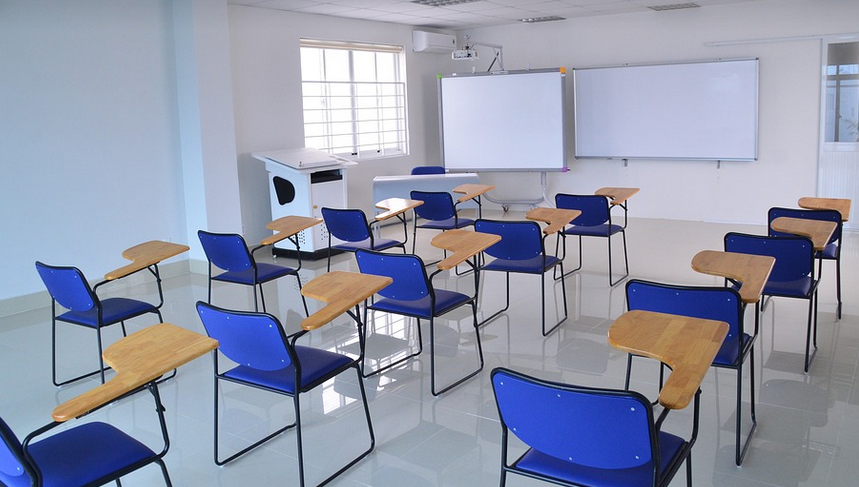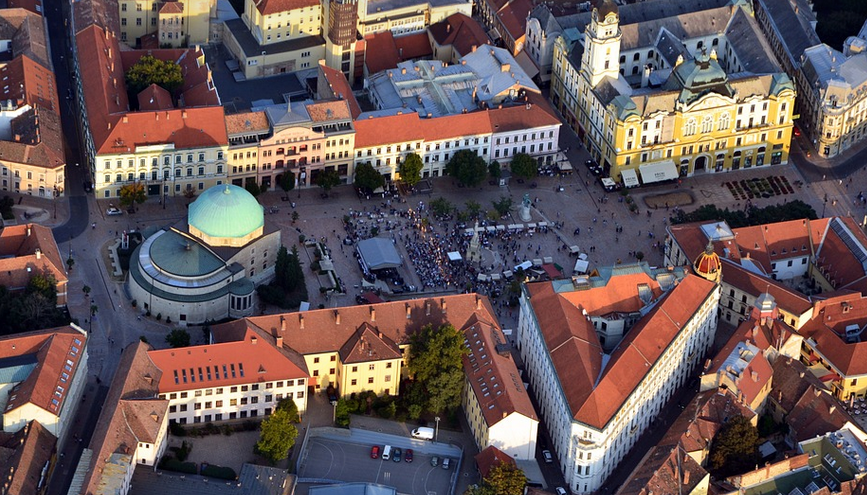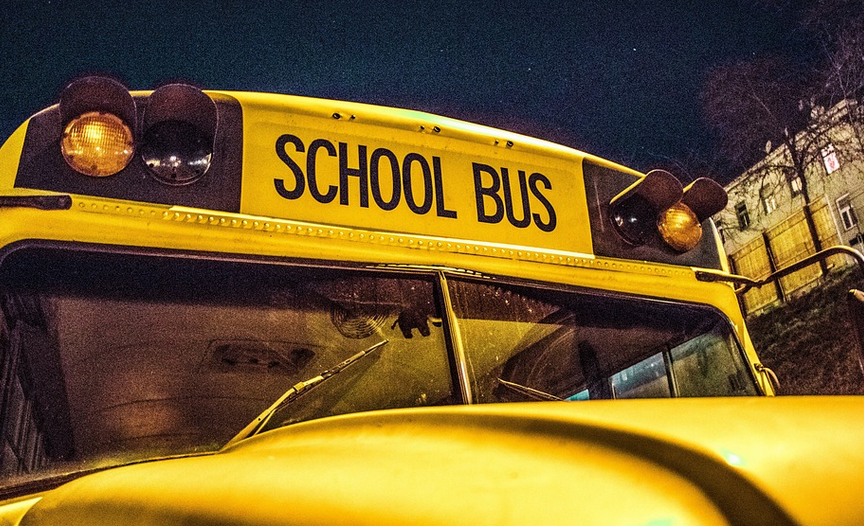
Unleashing the Best in Your Pup
Training a dog isn’t just about mastering complex tricks—it’s about building a strong bond, fostering trust, and creating a happy life for your furry companion. It’s a journey that rewards both you and your dog with lasting joy. Whether you’re a seasoned pet parent or simply starting out, this guide will help you navigate the world of canine training in an enjoyable and rewarding way.
One of the fundamental pillars of happy dog training is understanding your dog’s individual personality. Every breed has unique traits that influence their learning style and how they respond to various methods. For example, a highly energetic pup might thrive on interactive games like fetch or hide-and-seek, while a more sensitive companion might prefer gentle encouragement through positive reinforcement.
The magic of dog training lies in the power of consistency and patience. Picture it as building a strong foundation for your relationship with your dog. Start with small, achievable steps that build confidence and establish clear boundaries. Remember, every dog learns at their own pace—it’s not about rushing or forcing anything.
Mastering the Basics: A Foundation for Success
Let’s break down some of the essential building blocks of positive canine training:
- Basic Commands: Sit, stay, come, and drop are your go-to commands. These are the cornerstones for communication and control, laying the groundwork for a well-behaved companion.
- Leash Training: A properly fitting leash is key! Introduce this gradually, associating it with positive experiences like playful walks or treats. Consistency is crucial, as dogs thrive on routine.
- Potty Training: Start early and be consistent! Reward your dog for successful potty trips in designated areas. Accidents happen, so don’t punish; instead, gently redirect to the potty area with positive reinforcement
- Socialization: Exposing your dog to various sights, sounds, people, and other animals is crucial. This helps them develop confidence and appropriate social behaviors for future interactions.
Building a Positive Environment
A positive training environment will encourage your dog’s eager participation. Think playful environments that are conducive to learning, but also safe and well-structured:
- Safe Space: A designated area in your home where you can focus on training without distractions. This could be a quiet corner of the living room or a dog-specific crate.
- Positive Reinforcement: This is key! Treats, praise, and gentle encouragement are fantastic tools to foster positive associations with learning new tricks and commands.
- Short Training Sessions: 10-15 minutes at a time. Dogs have shorter attention spans than humans; keep sessions engaging and fun to prevent frustration for both of you.
Understanding Your Dog’s Body Language
A deeper understanding of your dog’s unique language is invaluable for successful training. Here are some key indicators to look out for:
- Tail Wagging: This is often a sign of happiness, but pay attention to the speed and direction of the wag—it can communicate excitement or anxiety.
- Ears Forward: This signifies interest and focus. If ears are pinned back towards your dog’s head, it could signal fear or discomfort.
- Yawning: This often indicates contentment or boredom. Some dogs may even yawn when excited!
Tackling Common Challenges
Every journey has bumps along the way! Here are some solutions and tips for common challenges:
- Chewing and Digging: If your dog exhibits persistent chewing or digging, redirect to appropriate outlets. Provide a safe space with engaging toys like chew bones, puzzle feeders, or plush toys.
- Separation Anxiety: For dogs prone to separation anxiety, gradual exposure time is key while you’re away and establishing familiar routines are essential.
- Aggression: This can be a serious issue. If your dog exhibits aggressive behavior towards other animals or humans, consult a professional trainer who specializes in aggression management.
The Joy of Celebration
Training is not about perfection; it’s about progress and celebrating milestones! Reward your dog for their efforts with positive reinforcement. A well-earned treat or enthusiastic praise can do wonders to motivate them to continue learning.
Remember, a happy dog is a successful dog! By implementing these strategies and focusing on building trust and communication, you’ll be able to enjoy the rewards of your canine companion’s progress – one step at a time!



